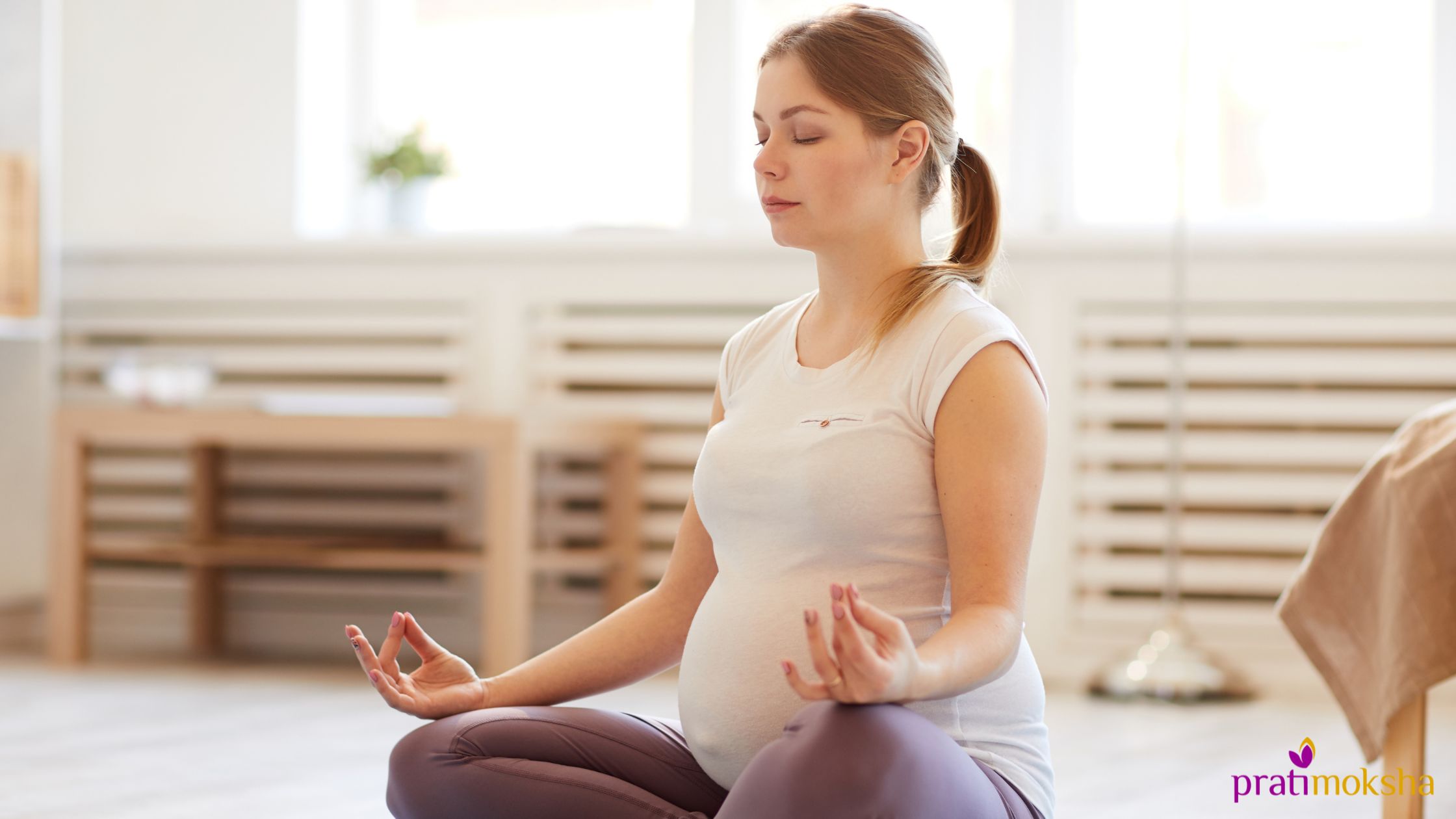It is often said that Yoga is a way of life. Which means that it’s much more than a mere exercise program and certainly not a fast-track path to weight loss. In fact, if Yoga is being used to peddle weight loss, then rest assured that it’s either a rash promise or the regimen will involve more of a workout and less of authentic Yoga that lays emphasis on breath work and holding the posture and includes elements of all 8 limbs that comprise Ashtanga Yoga.
Ashtanga means eight-limbed in Sanskrit. According to the ancient Indian sage Patanjali, who gathered the ancient philosophy and practices underpinning Yoga together in his Yoga Sutras, the eight-fold path leads the practitioner ever forward and upward to more heightened levels of self-awareness and consciousness. By embracing all 8 limbs of Yoga, we can derive a sense of purpose and meaning in our lives and can lead a better life. It provides us with guidelines for ethical conduct and self-discipline, acknowledging the spiritual aspects of our nature.
Here’s a brief overview of the 8 limbs of Ashtanga Yoga.
1. Yama
The very first limb, the Yamas, translates to self-restraint. There are five Yamas that guide our conduct and behavior. These are:
- Ahimsa: Non-violence
- Satya: Truthfulness
- Asteya: To not steal, or usurp something (can be material like money, things or even refer to usurping someone’s time or peace of mind, etc. by acting in certain ways)
- Brahmacharya: Celibacy/abstinence (However, for those who are married, it would be better to take this Yama as an exhortation to be faithful to one’s spouse and value him/her.)
- Aparigraha: Non-covetousness
View this post on Instagram
In yoga, the Yamas are five ethical principles that guide our interactions with ourselves and the world: Ahimsa (Non-violence), Satya (Truthfulness), Asteya (Non-stealing), Brahmacharya (Moderation), and Aparigraha (Non-possessiveness). These principles, outlined in Patanjali’s Yoga Sutras, help cultivate compassion, integrity, and inner peace. Join us at Enlighten Yoga Center Dubai to explore and integrate the Yamas into your daily life for a more ethical and fulfilling existence.
2. Niyama
Niyama refers to observances and practices that will help you towards a healthier, more balanced, and disciplined life.
The 5 Niyamas are:
- Saucha: Cleanliness/ self-purification (not just physical, but also mental).
- Santosha: Contentment
- Tapas: The term translates to “heat”; it refers to the rigors of self-discipline that we must put ourselves through in order to focus and achieve something.
- Svadhyaya: Self-study. Turning your gaze inwards to reflect on one’s own strengths and weaknesses.
- Isvara Pranidhana: Surrender to the Almighty.
View this post on Instagram
In the pursuit of self-discipline and spiritual growth, yoga offers the Niyamas – five observances that guide our inner journey toward greater awareness and self-realization. The Niyamas, as outlined in Patanjali’s Yoga Sutras, are Saucha (Cleanliness), Santosha (Contentment), Tapas (Austerity/Discipline), Swadhyaya (Self-study), and Ishwara Pranidhana (Surrender to a Higher Power). By integrating these principles into our daily lives, we cultivate inner peace, discipline, and a deeper connection to our true selves. Join us at Enlighten Yoga Center Dubai to deepen your understanding and practice of the Niyamas.
3. Asana
The third limb is the one that we are most familiar with and refers to the physical postures we practice in Yoga. Through the practice of Asanas, one develops the habit of discipline and the ability to concentrate, thereby going more and more towards a state of mind-body connection.
4. Pranayama
The fourth stage guides us with techniques to gain control over the breath, helping us understand how the breath connects our mind, emotions, and physical being. Pranayama, if done regularly, can rejuvenate the body, cleansing it of built-up toxins. It could be a stand-alone practice or integrated into one’s daily Yoga routine.
The Yamas, Niyamas, Asanas, and Pranayamas prepare us and our bodies so that we can now start looking inwards. The next four limbs of Ashtanga Yoga help us attain higher levels of awareness and consciousness.
5. Pratyahara
The fifth limb is Pratyahara where we withdraw our awareness from the world outside with all its distractions. Pratyahara is the foundation for meditation, as we take a step back and start reflecting on the inner workings of our minds.
6. Dharana
Pratyahara prepares us for the next limb — Dharana or concentration. Here we learn to slow down the thinking process by concentrating on a single object at a time.
7. Dhyana
The practices of Pratyahara and Dharana form a natural pathway towards the 7th branch of Ashtanga Yoga — Meditation or Dhyana. By now, we would have learned to quieten our minds. Our Asana and Pranayama practice would have helped us master our bodies so that we could sit in a meditative pose for a length of time. All this helps us attain concentration — a state where we withdraw our senses but are still very aware. We do not focus on any one object but learn to receive thoughts observe them and let them go. As we do this more often, it becomes easier to get into a meditative state faster. And our meditation itself becomes deeper and richer. We are now ready for the final stage.
8. Samadhi
This is the stage where our awareness and consciousness merge with the universal consciousness. It is undoubtedly a state of spiritual enlightenment — where we begin to experience what it is to be one with the divine. Yogis, sometimes spend their entire lifetimes trying to attain this state — or even just a taste of it. It brings them a deep sense of peace, joy, and understanding that everything is just as it should be – divinely ordered.
Now that you have a basic understanding of the 8 limbs of Yoga, bring them into practice little by little. Remember that Yogis attain mastery over all eight limbs after decades of practice. So don’t hurry. Begin with awareness about the 8 branches. Begin with one small technique the doing of which brings its own reward.
We are here to help.
Because no one teaches Yoga like we do.
Get in touch with us today.




Hi,
How many hours per week?
During weekend?
How much?